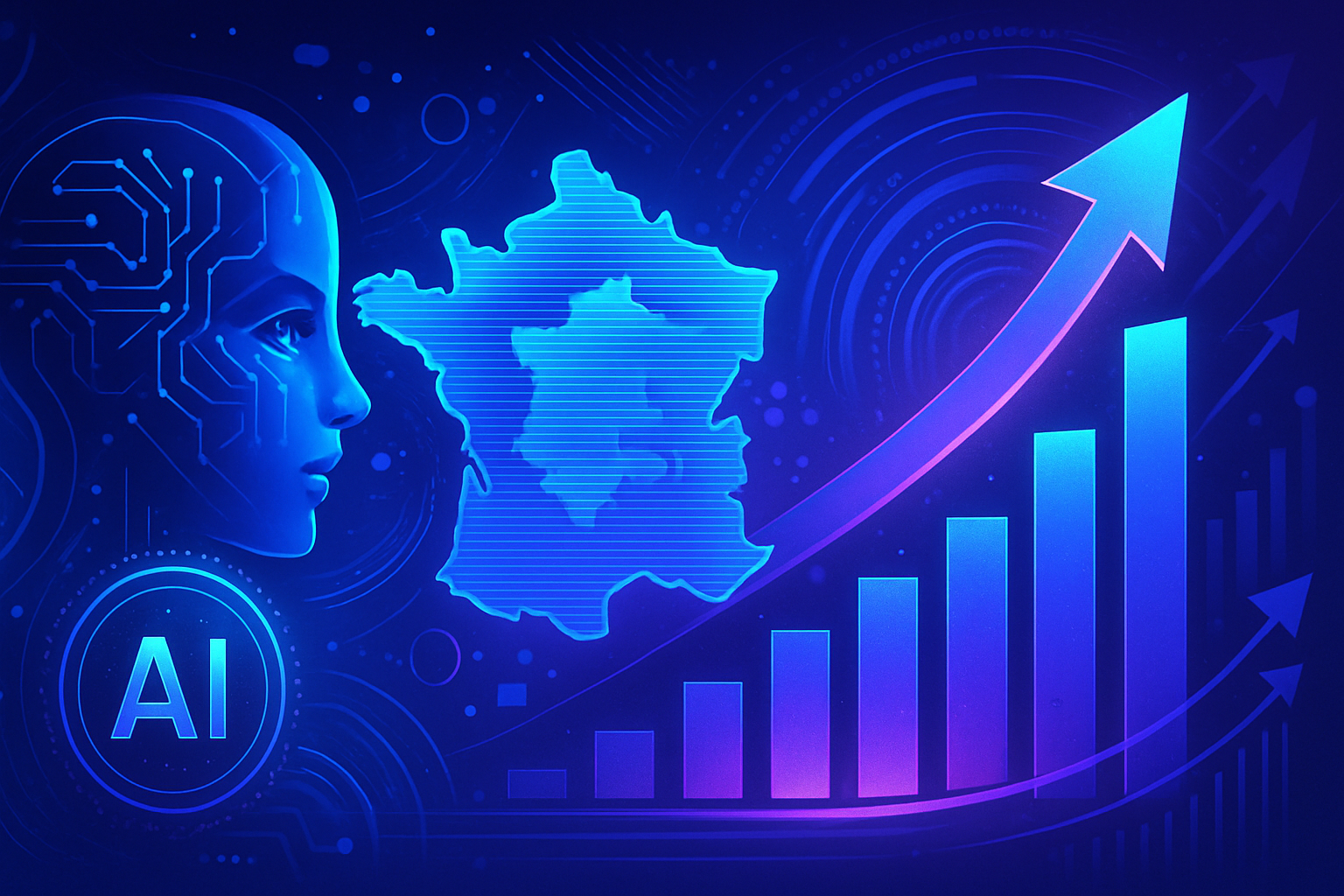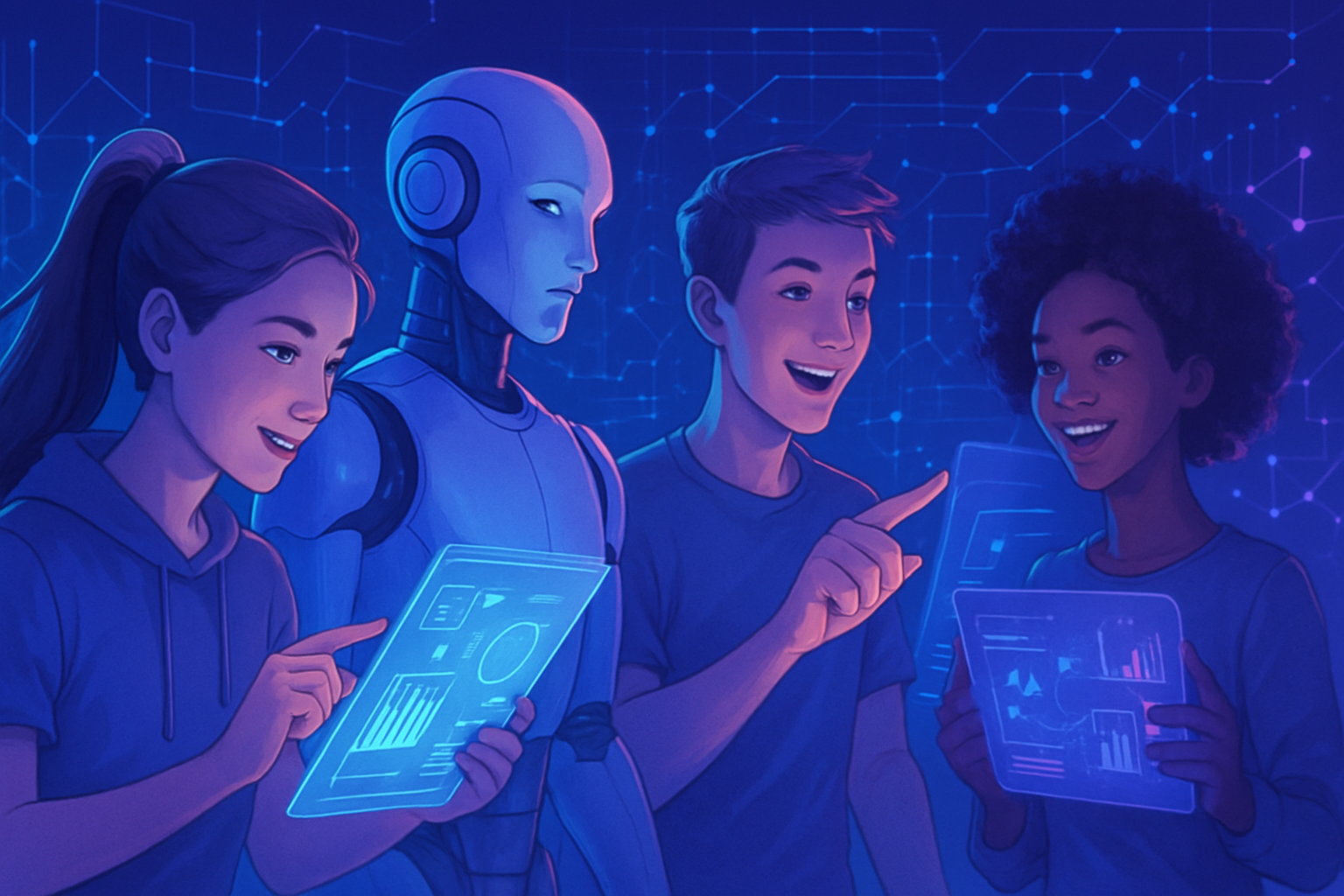The dismissal of Dhanushi’s job, coinciding with the launch of an AI chatbot by CBA, reveals a _silent shift_ in the labor market. Technologies are advancing, and thousands of workers are experiencing the effects of this revolution. _A transitioning economy_ is changing the very nature of work, causing waves of layoffs in finance and technology sectors.
The rise of artificial intelligence raises pressing questions about the professional future of citizens. Employee testimonies, like that of Dhanushi, shed light on the profound impacts of increasing automation. _The consequences for employment are becoming inevitable_, exposing workers to growing instability and a redefinition of their roles.
Dhanushi Jayatileka and the Impact of AI on Employment
Dhanushi Jayatileka, an employee of the Commonwealth Bank of Australia, experienced a revealing situation on the same day the institution unveiled the use of an artificial intelligence chatbot to replace part of its staff. Formerly working in the customer service department, she represents a stark example of the contemporary reality of the labor world, where humans are gradually giving way to technology.
Ambiguous and Unacknowledged Layoffs
Thousands of jobs are disappearing in the financial sector, although the connection between the rise of AI and job losses is often downplayed by companies. According to Jayatileka, an alarming figure emerges: she says she has observed a continuous reduction in staff since 2024. Tasks once performed by her colleagues have been transferred to machines, pushing the remaining employees to adapt to this new reality.
Structural Changes in the Industry
Researchers, such as Manju Ahuja, a professor of information systems at the University of New South Wales, note that an observable link exists between automation and workforce reductions. Research shows that positions, particularly in sales, customer service, and other entry-level roles, are notably affected by this dynamic. Companies, driven by the need to increase productivity, often replace employees with artificial intelligences.
A Reality Shared by Other Market Players
Layoff situations extend beyond Commonwealth Bank. ANZ recently announced the elimination of 3,500 positions within its workforce. The ANZ leadership emphasizes that this decision “has nothing to do with AI or technology,” highlighting the gap between official statements and the reality perceived by many employees.
The Radical Transformation of Professional Tasks
Employees like Jayatileka find themselves caught in a spiral where AI is supposed to lighten their workload. Unfortunately, this innovation does not result in a revaluation of positions, but rather a drastic reduction in staff. Employees are not always invited to focus on higher-value tasks but rather to confront growing uncertainties regarding job security.
Industry Responses and Concerns
Executives of major companies, like Telstra and Westpac, assert that the transition to AI technologies does not directly link layoffs to job losses. However, studies clearly indicate that the banking and technology sectors are rapidly moving towards automation, thereby devaluing the traditional workforce.
The Widespread Fear of the Future
Concerns are spreading among workers, who question their roles and the evolution of the job market. Recent testimonies, such as that of Kathryn Sullivan, another victim of job cuts at CBA, illustrate the fragility of this transition. She had hoped that AI would be a tool for assistance, not a threat to her job.
An International Perspective
The effects of AI on employment are not limited to Australia. In the United States, a recent study from Stanford University indicates that one in eight jobs in the sectors most exposed to AI has disappeared. The unemployment rate among recent college graduates is reaching alarming highs, confirming a global trend.
To stay informed about innovations and issues related to artificial intelligence, it is essential to follow sector developments, including relevant articles such as this report on robots in the service industry. Events such as technology conferences can also shed light on the evolving situation with AI in the modern economy.
Frequently Asked Questions
What are the reasons Dhanushi lost her job at CBA?
Dhanushi was impacted by the implementation of an AI chatbot by CBA, which led to a reduction in positions in her team. This highlights the growing impact of AI on employment in the banking sector.
How does the implementation of AI affect the job market in Australia?
The rise of AI in Australian businesses is leading to thousands of job cuts, primarily in financial and technological sectors, without these job losses being systematically linked to this technology.
What types of jobs are most threatened by automation with AI?
Positions in sales, customer service, and other entry-level office jobs are particularly vulnerable to automation by AI.
What does it mean that Dhanushi said, “We are teaching the machine to eventually take our jobs”?
This means that employees, like Dhanushi, find themselves in a paradoxical situation where they are tasked with training the AI systems that could replace their own tasks and, consequently, their jobs.
Are all job cuts directly related to AI adoption?
While companies claim that reductions are not always linked to AI, experts indicate that there is an observable link, as increased use of AI often accompanies job losses.
What support is available for workers affected by job cuts due to AI?
Employees like Dhanushi have access to support such as financial sector unions that offer assistance and guidance to navigate these difficult times.
How is AI changing the nature of work in the banking sector?
AI is transforming the banking sector by automating basic tasks, allowing employees to focus on higher-value activities, although this leads to staff reductions.
What measures should be taken to protect workers in the face of increasing AI?
It is crucial to establish regulations and policies to protect workers while ensuring that the benefits of adopting AI are shared equitably among employees.






